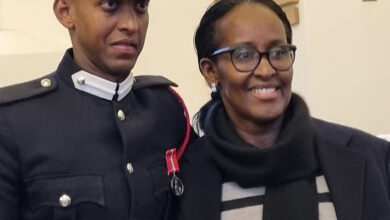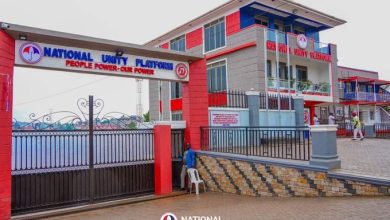The Heart: The Vital Organ That Keeps Us Alive
The Heart Is A Muscular Organ Roughly The Size Of A Fist, Located Slightly To The Left Of The Center Of The Chest. Its Primary Function Is To Pump Blood Throughout The Body.
Uganda Today Edition: The Heart: The Vital Organ That Keeps Us Alive
The heart, often symbolized as the seat of emotions, is far more than a romantic emblem. It is the powerhouse of the human body, tirelessly pumping blood to ensure that every cell receives the oxygen and nutrients it needs to function. Understanding the heart’s importance and its functions can deepen our appreciation for this incredible organ.
The Heart’s Essential Functions
The heart is a muscular organ roughly the size of a fist, located slightly to the left of the center of the chest. Its primary function is to pump blood throughout the body. This is achieved through a coordinated series of contractions and relaxations. Here’s a closer look at its key functions:
- Circulating Blood: The heart pumps approximately 5 liters of blood per minute, delivering oxygen and nutrients to tissues and organs while removing waste products like carbon dioxide.
- Maintaining Blood Pressure: The force generated by the heart’s contractions creates the blood pressure necessary to keep blood flowing through the arteries and veins.
- Supporting Metabolic Needs: By ensuring a continuous supply of oxygen and nutrients, the heart supports the metabolic needs of tissues, enabling them to perform essential functions.
- Regulating Body Temperature: The circulation of blood helps in the distribution of heat throughout the body, maintaining a stable internal temperature.
- Transporting Hormones and Other Substances: Blood carries hormones, enzymes, and other critical substances to various parts of the body, facilitating communication between organs and systems.
The Heart’s Structure
The heart comprises four chambers: two atria and two ventricles. The right side of the heart pumps deoxygenated blood to the lungs for oxygenation, while the left side pumps oxygenated blood to the rest of the body. This dual pump system ensures that oxygen-rich blood is constantly available to meet the body’s needs.
The Heart in Action
To truly grasp the heart’s significance, consider the intricate journey of blood. Oxygen-poor blood returns from the body to the right atrium, moves to the right ventricle, and is then pumped to the lungs. Here, it receives oxygen and returns to the left atrium, flows into the left ventricle, and is finally pumped out to nourish the entire body. This remarkable cycle repeats every second of our lives.
Caption: “A New Lease on Life: A Human Heart Before Transplant”
Advances in Cardiac Care
Modern medicine has made incredible strides in cardiac care, from life-saving medications to advanced surgical procedures like heart transplants. Transplant surgeries highlight the resilience and adaptability of the human heart. Witnessing a heart outside the body, ready to give new life to a patient, is a powerful reminder of medical progress and human ingenuity.
The heart’s importance cannot be overstated. It is the lifeline that sustains us, a marvel of biological engineering, and a testament to the intricate design of the human body. As we continue to advance in medical science, our ability to care for this vital organ only grows, promising healthier, longer lives for all.









